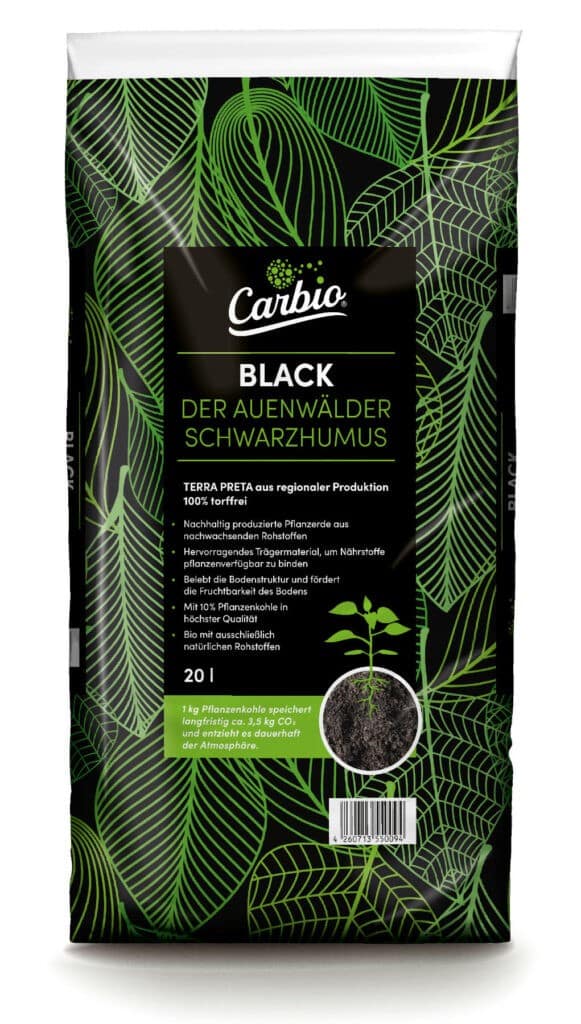Terra Preta
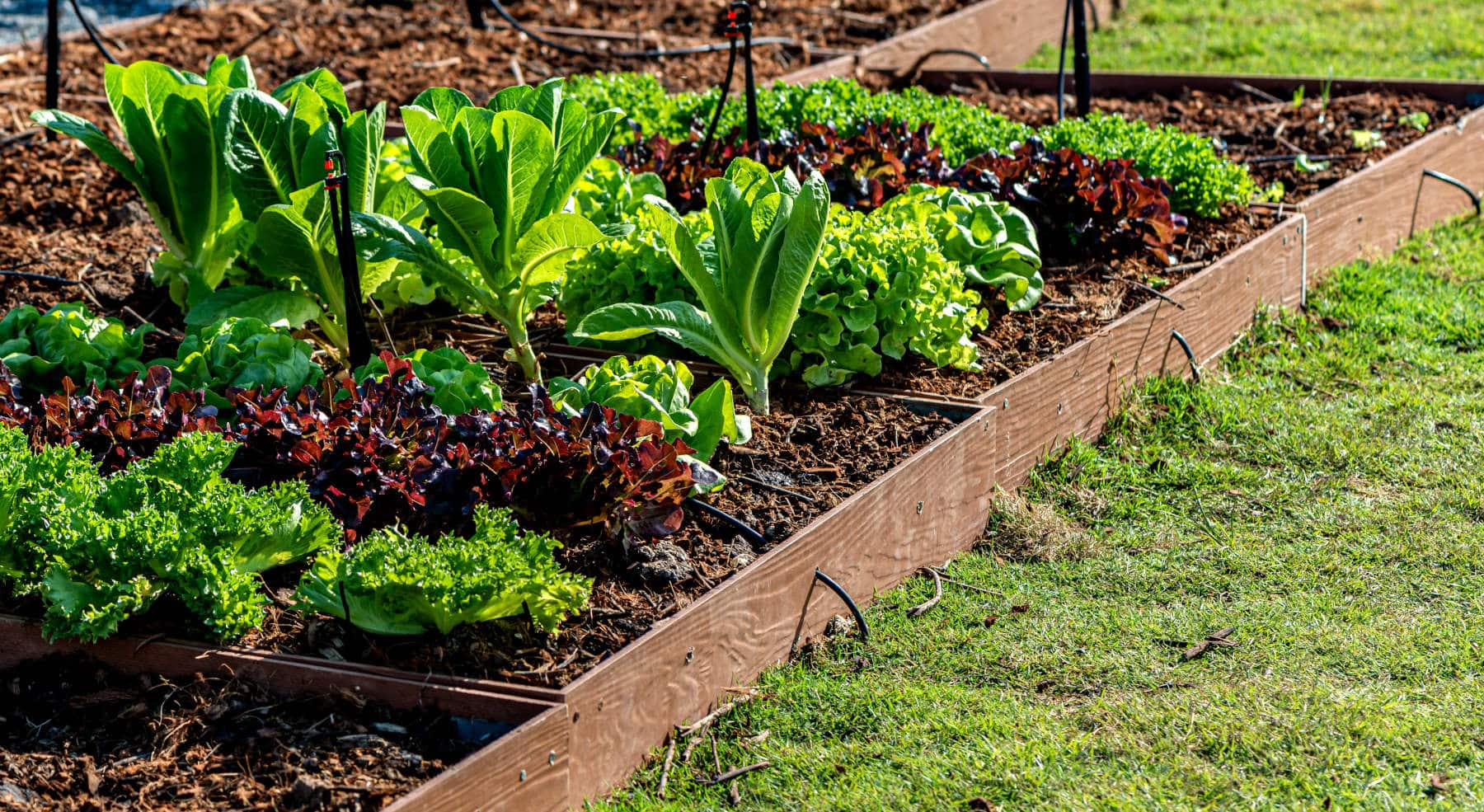
But everyone, whether garden owner or home gardener, faces the challenge of having to meet the nutrient and water requirements of their respective plants. The Indigenous Americans developed a fantastic solution to this more than a thousand years ago in the Amazon basin: Terra Preta (Portuguese for “black earth”).
Terra Preta is not a fertilizer, but describes a fertile and sustainable type of soil. This miracle soil of the Indigenous Americans, which transforms dry and barren soil into a fertile and productive area, can be easily produced in your own garden.
There is no fixed composition and everyone can generate their own Terra Preta according to their individual possibilities and preferences. However, a crucial ingredient that should not be missing in any Terra Preta is biochar. Only biochar makes it possible for minerals, nutrients and water to be stored and made available to the plants as needed.
Depending on the possibilities and/or preferences, there are different variants for production:
MAKING TERRA PRETA IN BOKASHI BUCKET
The word “Bokashi” comes from Japanese and means something like “all kinds of things”. And that is exactly what is on the agenda here. All organic materials can end up in this bucket.
In contrast to compost, food leftovers such as meat or fish can also be used here. But don’t overdo it! It’s the mix that counts.
Benefits of the Bokashi Bucket
- Little space required
- The material doesn’t stink
- Replaces the conventional compost bin in the kitchen
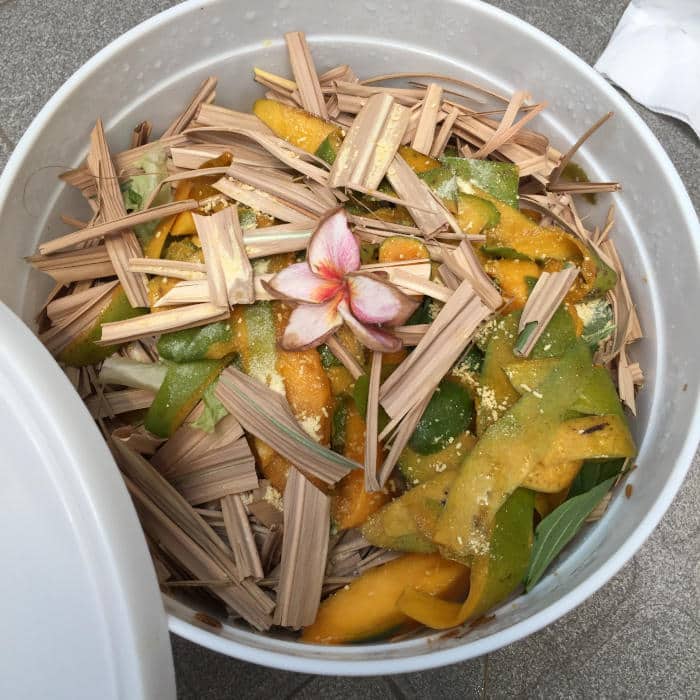
Handling – How do I fill the Bokashi bucket correctly?
In order for the fermentation to run optimally, the bucket should not be constantly filled, because the process should take place without oxygen. Therefore, it is best to collect the daily, chopped kitchen and garden waste and only fill the Bokashi with it once a day.
The waste can be compressed in the bucket using a tamper to trap as little oxygen as possible. This layer is sprayed evenly with effective microorganisms and then the biochar is sprinkled over it until everything is covered. This is repeated until the bucket is completely full. The top layer should consist of biochar. Except when filling, the lid must always be closed tightly so that no air can penetrate.
The fermentation process works best at constant (room) temperature. After two to three weeks, the bokashi is ready. Properly fermented bokashi smells sour and doesn’t stink. Any white film that may appear is not a quality defect. The leachate that accumulates in the Bokashi bucket should be drained at least every three days. In a dilution of 1:200 in the irrigation water, this is ideal for fertilization.
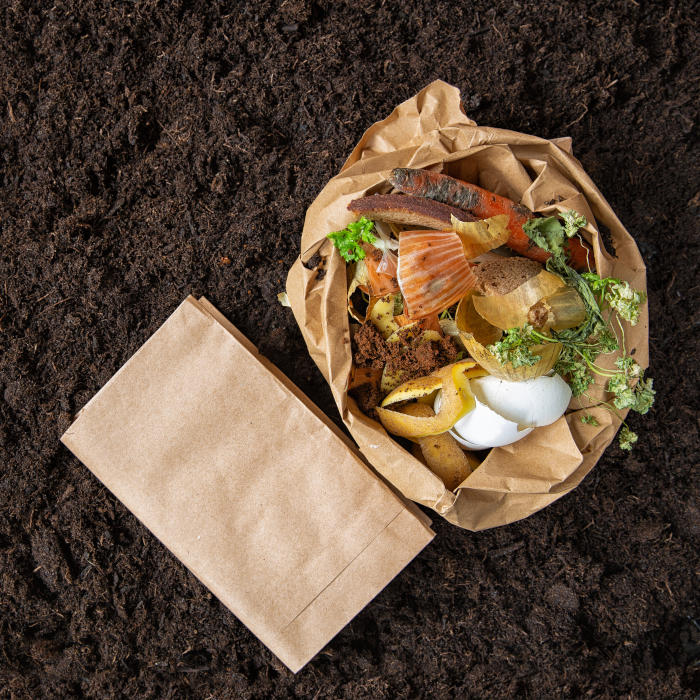
MAKING TERRA PRETA WITH COMPOST/ORGANIC MATERIAL
Organic kitchen waste is automatically created in every household. But it is exactly this “waste” that is still full of vitamins, nutrients and minerals. It would be a shame not to put it to good use and continue to use it. If you also have a garden, you can use any additional green waste at the same time.
Handling – value organic waste
Layer organic material (kitchen or garden waste, compost, etc.) and biochar as needed. We recommend spraying them with effective microorganisms from time to time. This can be done in any commercial composter.
In order to add more minerals to the Terra Preta, thin layers of minerals (rock flour, zeolite, shell limestone, etc.) can also be added. The end product should then contain about 10% biochar. As soon as the organic material has turned into soil, the Terra Preta can be planted directly in the beds.
STINGING NETTLE/PLANT MANURE, MANURE OR URINE AS A SOIL MIRACLE
Although this procedure does not achieve classic Terra Preta, it still works wonders on the ground.
Handling
To activate the biochar, water it in a ratio of 3:1 with nettle manure, liquid manure or urine. In a closed bucket, the biochar is activated after about 2 weeks and can be applied to the surface of the soil. About 1 liter of activated biochar per m² of soil is completely sufficient.
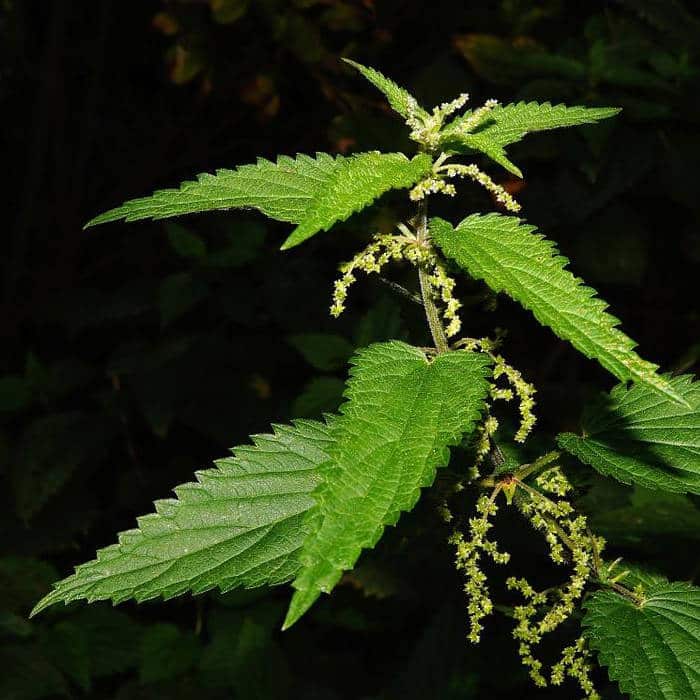
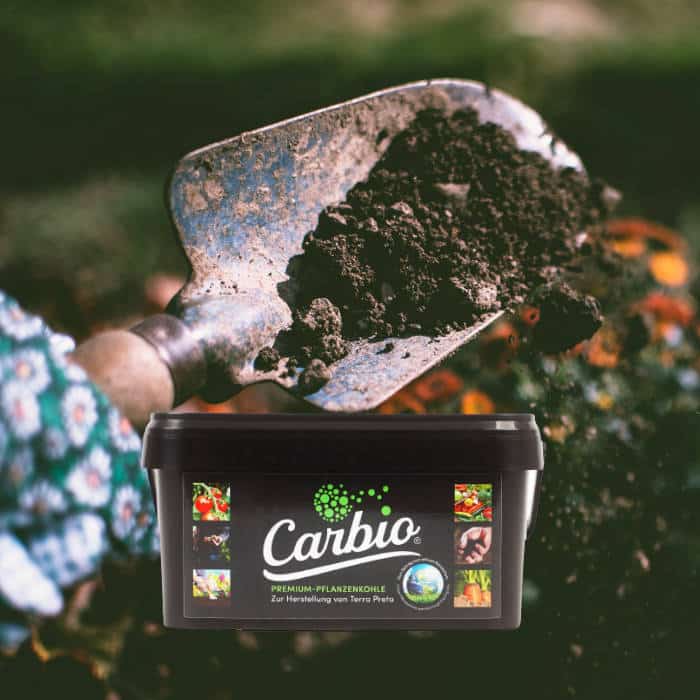
EASILY TRANSFORM FINISHED HUMUS INTO TERRA PRETA
If the processes described above take too long or are too complex, but still want to produce your own Terra Preta, you can proceed as follows:
You can easily mix Carbio biochar with peat-free humus from the hardware store, water with effective microorganisms and leave the whole thing in a closed bucket in a warm place for about 1-2 weeks. Finished.
Tip: You can also use our charcoal to make the Terra Preta . This already has 20% more effective microorganisms.
BUY READY-TO-USE TERRA PRETA
Ready-mixed and activated Terra Preta can be found in our Shop in practical 20-liter sacks or, for large quantities, in the inexpensive BigBag version.
Tips for using Terra Preta
- The addition of minerals increases the nutrient content and thus the quality of the Terra Preta. For example: rock flour, zeolite, shell limestone or clay can be used.
- Work the finished Terra Preta about 10 cm deep into the planting bed. If possible, this should be done a few weeks before the planting season so that it can get used to the existing soil.
- Effective microorganisms can be found in every well-run garden and hardware store with a garden department. Alternatively, you can also use fresh sauerkraut juice, natural yoghurt or bread drink.
- Above all, heavy nutrient consumers benefit from the Terra Preta. Most herbs, on the other hand, do not tolerate high nutrient density.
- Be careful with plants that love acidic soil, such as: ericaceous plants, rhododendrons, heather and azaleas. Only a little work needed here.
MIXING OF TERRA PRETA INTO EXISTING SOIL
We recommend a mixing ratio of 1:2 for sandy or loamy soil, and even 1:1 for very loamy soil. The higher amount noticeably improves the water storage capacity of the clay soil and does not allow it to harden so quickly.
If the Terra Preta is to be mixed under normal garden soil in the bed or with the potting soil, a mixing ratio of around 1:3 is sufficient. If the existing soil becomes very hard when it dries out, you can increase the mixing ratio.
PLEASE NOTE/GENERAL INFORMATION
Uses only vegetable charcoal obtained through pyrolysis processes, never leftover charcoal from a grill or oven. The latter coal is produced by uncontrolled combustion with uneven heat and temperatures that are much too low. This creates large amounts of polycyclic aromatic hydrocarbons (PAH), which are carcinogenic and would be absorbed by your plants.
The roots of young plants should not have direct contact with the pure Terra Preta. This is very rich in nutrients and there is a risk that they will “burn” if they come into direct contact.
You can also find a lot of other interesting information here in our FAQ.

A WORLDWIDE PHENOMENON
Substrates comparable to the black soil of the indigenous Americans have now been found in numerous places all over the world. From Asia to Africa and Europe as well as in North and South America to the Viking strongholds in Northern Europe. All over the world, the most diverse cultures have independently developed their own Terra Preta and used it in agriculture.
The advantages of Terra Preta
- Nutrients are stored so that they are available to plants and released evenly
- The biochar it contains can absorb and store 5 times its own weight in water
- Improvement of soil structure and soil life
- The use of synthetic fertilizers can be dispensed with
- Soil organisms thrive and humus is built up
- Mycorrhizae increase and improve the absorption of water and nutrients
- Better protection against pests
- Better soil aeration – there is no need for garden soil containing peat, since Terra Preta has similar loosening properties to peat
- Hardy and productive plants
- The climate is actively protected because biochar stores carbon in the long term

